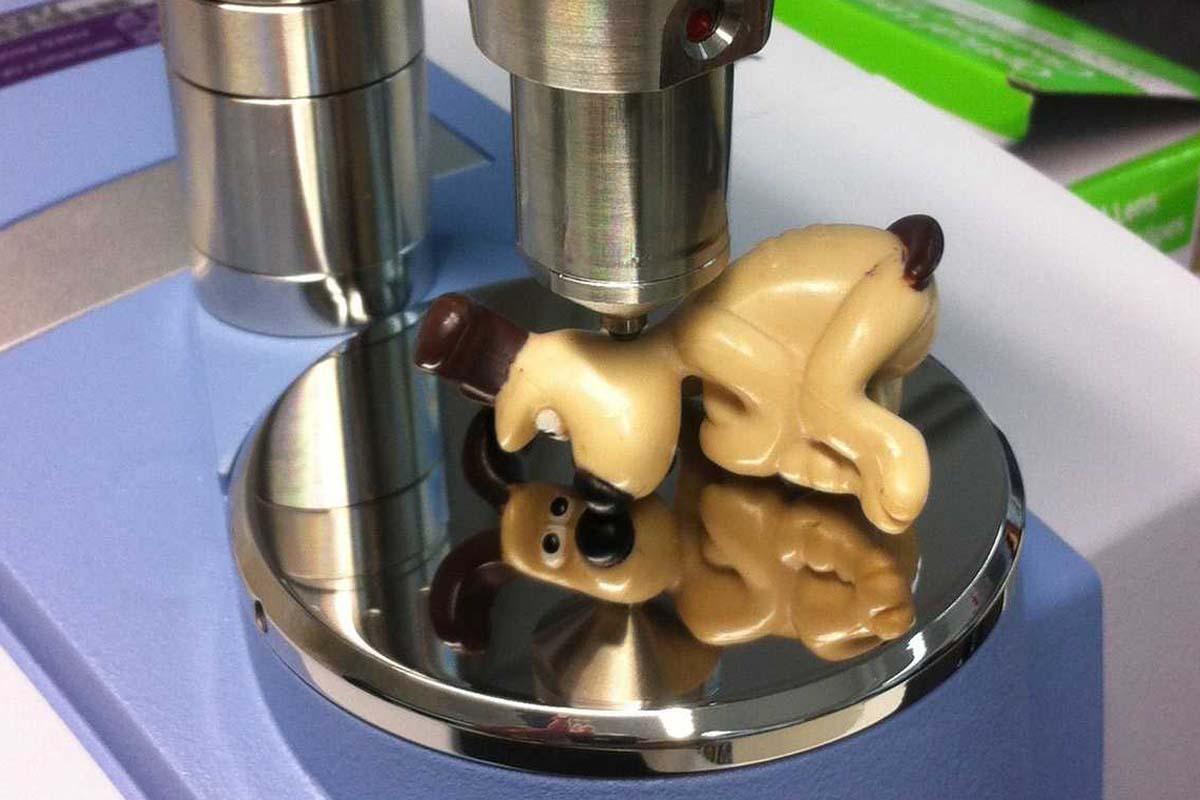A joint conference hosted by the University of Cambridge Museums and Leibniz Research Museums addressed the threat of plastics deterioration in museum collections. Individual session and keynote videos are now available online.
Over the past 100 years, plastics have increasingly become an important part of our everyday lives and thus of our cultural heritage. However, plastics are often inherently unstable and begin to gradually disintegrate in museum storage, some melting or starting to off-gas. Objects such as the first plastic keyboards, soccer cleats, eyeglasses, and even valuable works of art are affected.
In a virtual conference over several days in November 2020, researchers exchanged views on the challenges of restoring and preserving plastics. Video recordings of "Plastics in Peril: conservation of polymers in cultural heritage," organized jointly by the University of Cambridge Museums and Leibniz Research Museums, are now available on the Leibniz Research Museums website and the University of Cambridge Museums YouTube channel.
"Plastics have become an integral part of our lives and are therefore found in all parts of our cultural heritage," said Julie Dawson, head of conservation at the Fitzwilliam Museum Cambridge, introducing the conference. As part of the process, she stated, plastic objects have gone from being a sign of innovation and progress to becoming a global threat to the environment.
"Many of our institutes research sustainable uses of plastics coming from a wide range of disciplines," added Matthias Kleiner, President of the Leibniz Association. The Leibniz Research Museums focus on the history of the development and handling of plastic as a historical material. Kleiner emphasized the importance of this work in enriching international scientific research with conferences such as "Plastics in Peril," but also in museum exhibitions, open laboratory days and school programs. These programs make it possible for a broader public to experience the topic of plastics in history and research but also with its current social relevance. It is fitting, therefore, that the conference was funded by the Aktionsplan Leibniz Research Museums which aims to strengthen internationalization and the transfer of knowledge to society.
Stefan Brüggerhoff, General Director of the Deutsches Bergbau-Museum Bochum – Leibniz Research Museum for Geo-resources and coordinator of the Leibniz Restauration/Conservation Network, made it clear that the conference title was a wake-up call to museums: museum research needs to transform "Plastics in Peril" into "Plastics Preserved" through international cooperation. In addition to the Deutsches Bergbau-Museum Bochum, conservators from the Deutsches Museum in Munich and the Museum für Naturkunde Berlin played a leading role in organizing the conference.
Over four days and 15 time zones, conference participants discussed and explained various approaches to caring for plastic objects in museums: materials identification, collection management and storage, conservation treatments, and packaging.
The conference, held virtually due to the pandemic, allowed for an extensive and varied program to be offered to the more than 1,000 registrants from around the world. Leibniz President Matthias Kleiner expressed hope that the conference would be an impetus for greater and deeper international collaboration on global challenges facing conservation research and museums. Follow-up events for the summer of 2021 and a joint publication are to follow.
In addition to the video recordings, a blog article by Sophie Rowe, the University of Cambridge Museums’ main organizer, provides a summary overview of the content and outcomes of the conference.
